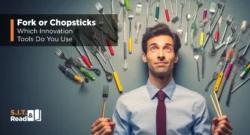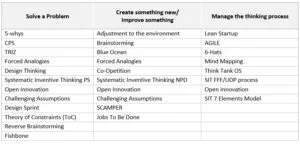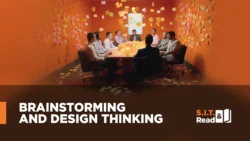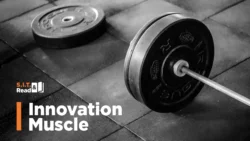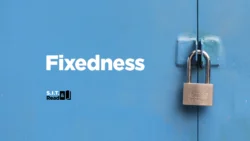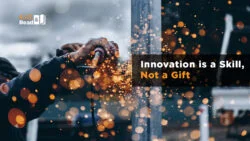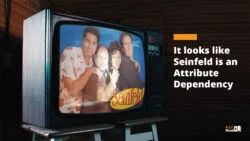Should you learn TRIZ? – Yes. ….and No.
Are you in the world of problem solving? Is problem solving a skillset you have to own and master?
If so, you are like many of us, who are working in jobs required us to methodologically solve problems and are tasked with finding solutions to problems on daily basis. Despite the fact that we are expected to deliver good, and sometimes innovative, solutions, some of us are still working without clear, well-established, effective methods. Our success, reputation and KPI’s depend on this ability.
I am fascinated by the way people attempt to solve problems!
As humans, we developed philosophies and models, as well as myths and misconceptions towards handling problems. When you take a closer look at the ways we deal with problems, one of the first things you notice is the fact that most people never learn solving-problem tools… Can you imagine an architect or engineer finding their own way to calculate the circumference of a circle, instead of using the formula? Surely you would offer them the formula (C=2πr) designed specifically for that purpose. There are many tools and methods that help us solve complex problems, yet most of us still choose to rely on experience, intuition, and common sense; all of which are excellent in keeping us away from creative or innovative solutions.
So today I want to share with you some knowledge and thoughts about one of the most robust problem-solving techniques. We are going to discuss TRIZ.
TRIZ (Theory of Inventive Problem Solving) takes a scientific approach to problem solving. TRIZ is designed to understand what kind of contradictions were resolved or dissolved by an invention, and how this had been achieved. Experts analyzed tens of thousands of creative solutions to technical and engineering problems. By characterizing common principles and manipulations, they created a database of 40 principles likely to lead to good solutions.
A systematic approach like TRIZ will shorten the process. It also creates strong alignment and ensures exploring all possible solutions, without cognitive fixedness or other biases.
In order to explain what TRIZ is and when (and by who) it can be applied, I will discuss its main characteristics by comparison: I am assuming that you already know the SIT method or know about it, So I will use SIT as a point of reference when considering the following factors:
- Learning time for efficient use: SIT can be learned in 3-10 days, while TRIZ takes about 1 year to learn.
- Applications: SIT can be used in a variety of applications, while TRIZ is used for problem solving.
- Applicable domains: SIT can be used in all domains, while TRIZ is most commonly used in engineering, technology, and manufacturing.
- Utilizing existing knowledge versus Creating new ways of thinking: SIT utilizes ~20% existing knowledge and ~80% new ways of thinking, while TRIZ utilizes ~80% existing knowledge and ~20% new ways of thinking.
- Application protocols: SIT has two application protocols: one for solving problems and one for inventing and improving. TRIZ does not have any specific application protocols.
- Resource utilization: SIT only utilizes existing resources, while TRIZ can utilize any resources.
- Run by / led by: SIT is usually run by a facilitator or coach, and is organic to the company, while with TRIZ you often bring in an external TRIZ expert.
- Uniqueness: SIT is designed to break cognitive biases, and therefore is more likely to arrive to unique and differentiated type of solutions, while TRIZ benefits from robust data sets of pre-existing innovative solutions.
- Target audiences: SIT is suitable for everyone who is willing to engage in result-driven innovation, while TRIZ is suitable for experts who need a very specific set of problem-solving tools.
Overall, SIT is a less complex and less time-consuming approach to creative problem solving than TRIZ. However, TRIZ is a more comprehensive and systematic in its approach and in finding innovative solutions to technical and engineering problems.
Which method is right for you will depend on your specific needs and goals. If you want a quick, easy, and disciplined way to effectively solve problems, SIT may be the best choice. If you are looking for a more comprehensive and systematic approach to technical and engineering problem solving, then TRIZ may be a better choice.
The best way to decide which method is right for you is to try both and see which one you prefer.

